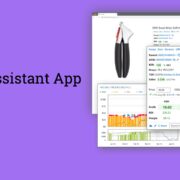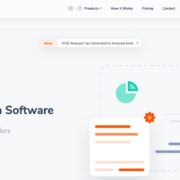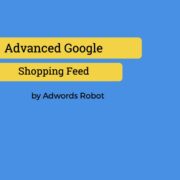
When it comes to shopping online and dipping our toes into the ecommerce world, things can get complicated quickly. That is especially true when it comes to marketing. Obviously, we have to approach this differently on an ecommerce level than we have in a “traditional” style of sales and marketing.
The age of people sitting through a ton of commercials in front of their television screens is over for a lot of us. Honestly, I even pay to keep advertisements off of my YouTube videos – forget sitting through them while I try to watch TV. This means that specialists in these fields have to get creative when it comes to reaching their target audiences.
One method that some people have started to use are sales funnels that are specifically targeted at ecommerce. You can get a bit more insight on that on this page, although I will be digging into it as well. So, if this is something that you think could potentially enhance your marketing and sales teams, make sure that you continue to read!
What is Ecommerce?

To fully understand how to market on this level, I do think it is important to get an understanding of what ecommerce is in the first place. In offering a simple explanation, it is simply sales transactions that occur in a digital space. It stands for “electronic commerce,” if you were wondering how the phrase came about.
Any time that you browse the internet, you have probably come across it at some point or another. We are almost constantly bombarded with advertisements now as well, whether in a standalone format or as sponsored posts from influencers that we follow. Clearly, there are plenty of companies that have started to understand the new techniques that I will be discussing next. Let me explain.
The Marketing Funnel: What is it?
I want to start this section off by noting that this technique is not unique or new to the ecommerce scene. Rather, it is something that has been adjusted and honed to fit this purpose. So, that is just something to bear in mind as we proceed.
Essentially, the goal of this model for both sales and marketing is to understand the path that a customer takes on their journey to eventually purchasing your product. This means examining their interactions with your brand and your business each step of the way and figuring out how you can improve that experience.
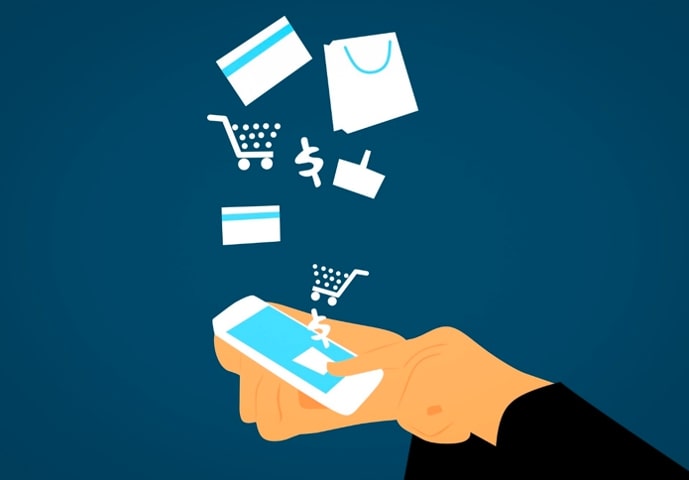
How does that work? Well, an example of this that comes to mind comes from Clickfunnels, which you may have already heard of if you are doing research on this topic. Essentially, it all starts with the “awareness” stage, no matter which model you are focusing in on.
What happens here? It is pretty simple. It is when potential customers or consumers first become aware of who your company is as a brand. That is part of why the concept of “branding” is so critical today – it will have some serious implications for how your company will end up operating in the future.
This might be why so many are starting to hire ambassadors specifically for this. It is all a part of this initial awareness stage. The idea is to make the best possible first impression that you can. After all, it has been shown in studies that people are much more likely to purchase from a brand that they believe lines up with their own personal values. So, there is good reason to cultivate your image carefully.
Sometimes, you will heard this referred to as the “lead capturing” stage. That is because in essence, that is what you are doing. You are helping to generate sales leads within your target audience, so long as that is who you are catering to. If you are uncertain of what that demographic is, I would recommend you try to isolate that as soon as you can.
Other Considerations
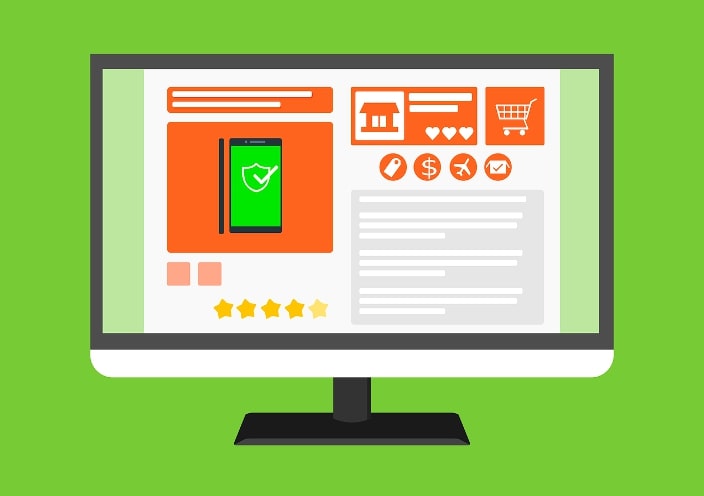
Now that I have covered some of the basics, let us get a bit more in depth. Do not forget to check out some other resources I find that reading multiple sources can be quite helpful for me when I am trying to grasp something that I am unfamiliar with.
The next step along the funnel is sometimes called “interest,” but in this context let us refer to is as the “sales process” instead. What is the goal in this stage? It is certainly simple in theory, that being to convince a customer to become interested in the product or service that we have to offer, but in practice things can get more complicated.
If you are wondering how to step up your game here, think about the most frustrating parts of the ecommerce shopping experience. For me, I find the complete lack of guidance on some websites to be a total deal breaker. If I do not have someone who can walk me through what some of the offerings are to get a better understanding of what I am looking at, often I will not know what the problem this product is trying to solve is.
That means that my interest rapidly wanes, and I end up inevitably clicking off the website. Obviously, we do not want that to happen for our customers. So, consider brainstorming some ways that you can make this process a more interactive or informative one. That can make a big difference.
In general, I think that the takeaway from utilizing models like an ecommerce funnel is to analyze how we conduct our business and sales. There are always improvements to be made, and if we put ourselves in the customer’s shoes as we explore our own sites, sometimes we can realize that there are issues to take care of. Do not overlook them!
You might even want to get some external opinions, since it is difficult to judge our own work sometimes. There is certainly nothing wrong with some help.
